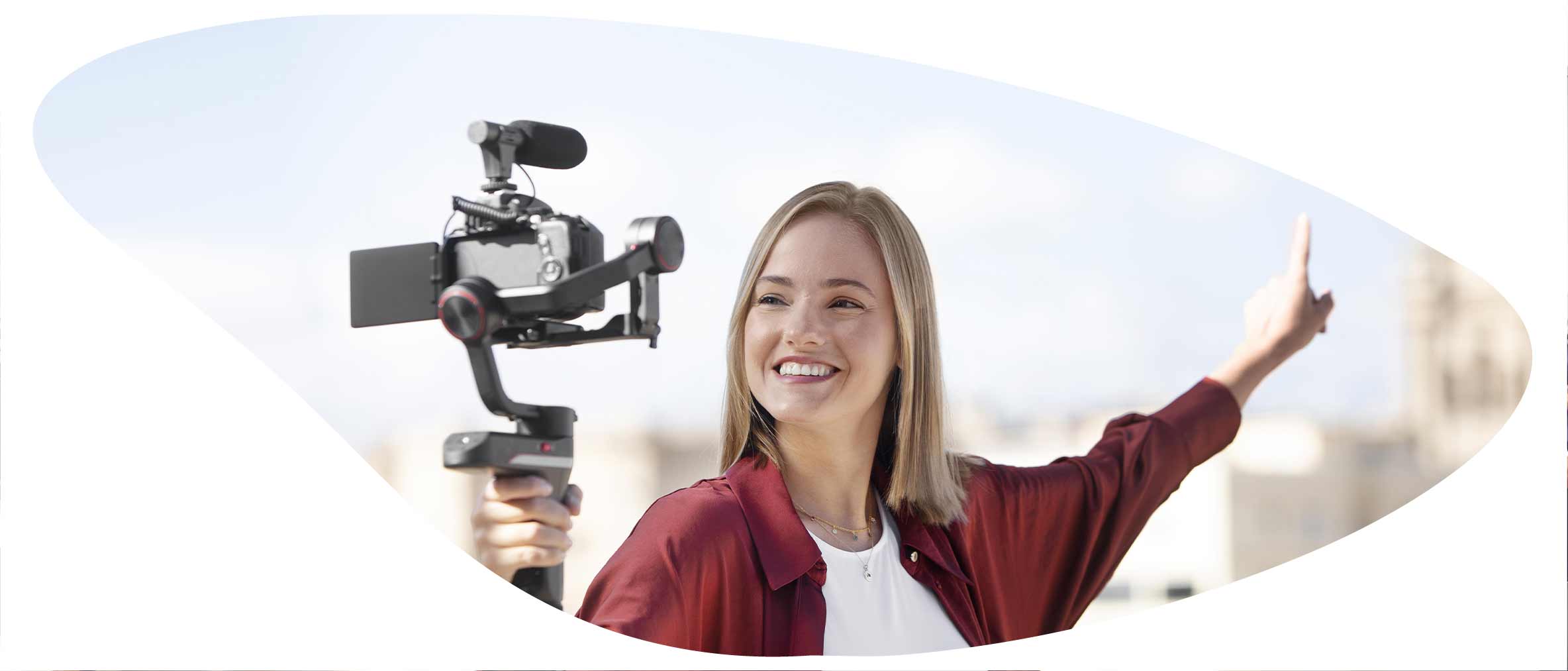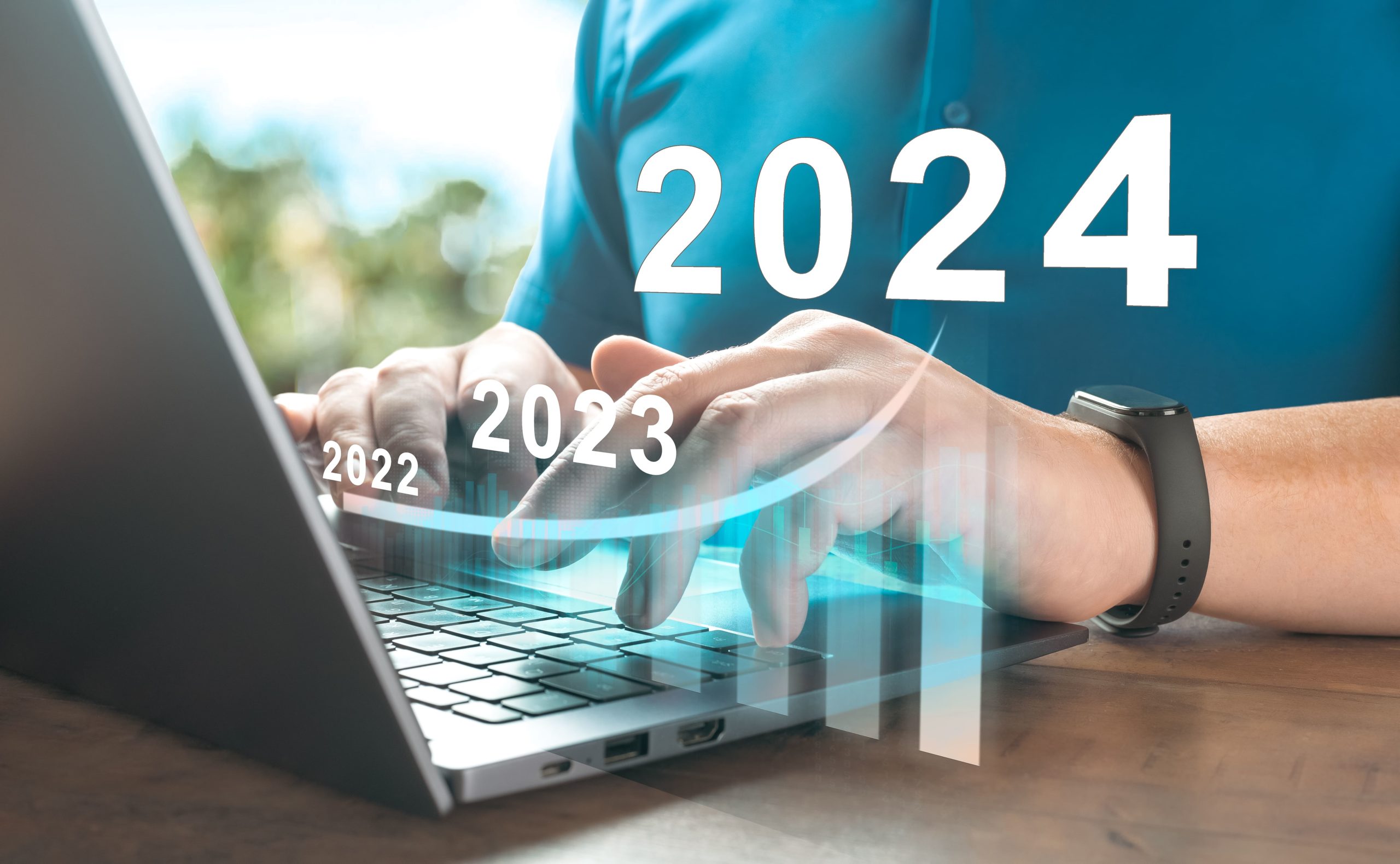In today’s competitive Middle Eastern market, businesses must differentiate themselves to stand out amidst diverse cultures and fierce competition. Strategic brand positioning is the key to establishing a unique identity and capturing audience attention and loyalty. This involves crafting a distinctive value proposition that resonates with local consumers while embracing global trends. To succeed, businesses must conduct thorough research to understand cultural nuances and tailor their messaging and branding elements accordingly. Building trust through transparent communication, reliable products, and excellent service is essential in this market. Additionally, offering personalized experiences and leveraging data analytics can further enhance brand positioning and success in the Middle East.
Why brand positioning is a must?
Understanding brand positioning is crucial as it denotes the specific position a brand holds in consumers’ minds compared to competitors. This encompasses elements like brand messaging, market segmentation, and differentiation strategies. B2B marketing statistics reveal that 64% of consumers prioritize shared values when forming brand relationships, underscoring the significance of aligning with your target audience’s needs and preferences. As you navigate the ever-evolving business landscape, remember that effective brand positioning is a continuous journey that requires dedication, creativity, and adaptability.
To find your unique value proposition (UVP) that distinguishes you from others, you must first analyze market trends and competitors’ offerings. B2B statistics reveal that companies with a strong UVP are 31% more likely to succeed in their marketing strategies. Mastering brand positioning is essential for setting your business apart in a competitive landscape. By understanding your target audience, identifying your unique value proposition, crafting compelling messaging, maintaining consistency across channels, and monitoring market trends, you can create a strong and differentiated brand that resonates with your customers.
How could you make sure your message reaches your target audience?
Branding and public relations are essential partners to hit your business goals. Why is that? Public Relations is vital for shaping brand perception, building trust, and fostering positive relationships. Through strategic communication efforts like crafting narratives and managing media, PR maintains a favorable brand image. Initiatives such as media coverage and influencer partnerships reinforce key messages, differentiate the brand, and monitor public sentiment, handling crises to strengthen reputation. Overall, PR is a pillar in creating a distinct brand identity and earning consumer trust.
In the diverse cultural landscape of the Middle East, understanding the intricacies of each market is essential. By thoroughly studying the local culture, language, and social customs, businesses with the help of their PR partners can create brand messages that really connect with people. Adapting your brand to fit local culture goes beyond just translating words. It means changing how your brand looks and feels to match what people in that culture like. Working with local famous people can make your brand seem more trustworthy and important. You do this by being honest, selling good stuff, and giving great service. This helps you build strong relationships with customers in the long run.
Ready to elevate your brand positioning strategy? Contact us today at [email protected] to learn how our expert team can help your business stand out.



















